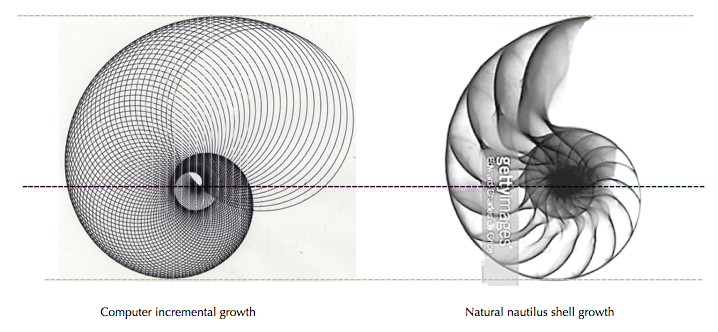During the course of my design oriented career I have often been surprised and dismayed at the general ignorance displayed by many educated people who have misunderstood the meaning of design and its fundamental role in all our lives.
Over many years, starting probably around the 1960s, I have written lectures about design as it has applied to many areas of our daily lives. It is an enormous topic, being a fundamental element of everything we do from the moment we open our eyes for the first time every morning – or even before then as consciousness and thinking overtakes sleep.
I have come to believe that it is even more fundamental to our thinking, behaviour and wellbeing than literacy and numeracy are – the two latter topics (albeit important as they are) being used more as tools for accurate communication and calculation.
My first series of lectures on design were assembled as an in-service course for secondary teachers of art and industrial arts (Design and Technology as it now seems to be known).
My second series on the theme of “Design for Living” was developed further as a course for members of University of the Third Age and ran for at least 20 weeks around 1990, 1991 and 1992. It was extremely popular and was repeated twice in subsequent years – a little bit more being added every time. Preparing what to say and selecting the most appropriate slides took a large slice of my life and I found it to be very exhausting – but very rewarding. In retrospect the lectures would be good material for a book.
My final analysis of the U3A talks was that it would be better to address young people rather than those at the end of their lives. In that way what I had to say could be beneficially applied for many years – to the U3A members it was challenging their long held beliefs – with little personal time left for change and benefit.
However, toward the end of my last course at U3A (1996) I had written a booklet on “The magic of growth – and design” (see Portfolio Publications) to explain the mathematical and visual relationships which exist between natural growth, architectural design, Fibonacci series and paper sizes – I thought it to be a quite revealing publication – see illustration above.


